
A Complete Guide to Seamless Programming Outsourcing



Outsourcing programming to receive quality work done by professionals has become popular, with the global outsourcing market predicted to hit $769.7 billion in 2024. Companies prioritize high-quality and rapid scaling, realizing that outsourcing extends their possibilities, cuts costs, and drives real innovation.
Slack, IBM, WhatsApp, and other successful companies outsource programming for faster time-to-market, specialized expertise that was not available in an in-house team, and many other benefits outsourcing brings.
In this guide, we’ll explore how Slack, IBM, and other companies that outsource programming benefit from the expertise of specialized professionals, how you can find professional development teams, and outsource IT-related tasks.
Content
Programming Outsourcing (also known as software development outsourcing) entails searching for other organizations or independent developers to undertake the project’s development. Software outsourcing helps to cut costs, gain access to expertise that might not be available in-house, and let the company concentrate on its main competencies.
The concept of programming outsourcing tasks involves a vast number of activities, starting from custom software development, development of mobile and websites, testing and quality assurance of software, and many other correlated tasks or processes. It can also include outsourcing IT infrastructure management, data analytics, cybersecurity, cloud services, and more.
As we already mentioned, many companies employ outsourcing programming services to cut costs and improve workflow. But when do they know hiring outsourced developers and other professionals is essential, and when is outsourcing most effective?
Programming outsourcing solutions are effective for:
You can hire a skilled programming workforce for various digital solutions, like CRM, ERP, website, and app development. Outsourcing programming can cover a wide range of tasks, from the initial stages of planning and design to the final stages of testing and deployment. Here are some of the most common tasks that businesses outsource to programming teams:
Outsourcing programming can be a great way to save money, access a wider pool of talent, and get your software products to market faster. However, it is important to choose a reputable outsourcing partner with a proven track record of success.
Besides the tasks mentioned above, you can outsource teams for other IT-related services and hire:
Programming outsourcing companies give you access to a vast talent pool that can work on your software development projects with industry-specific expertise. They also save you the time you’d spend seeking and hiring candidates to build your in-house team.
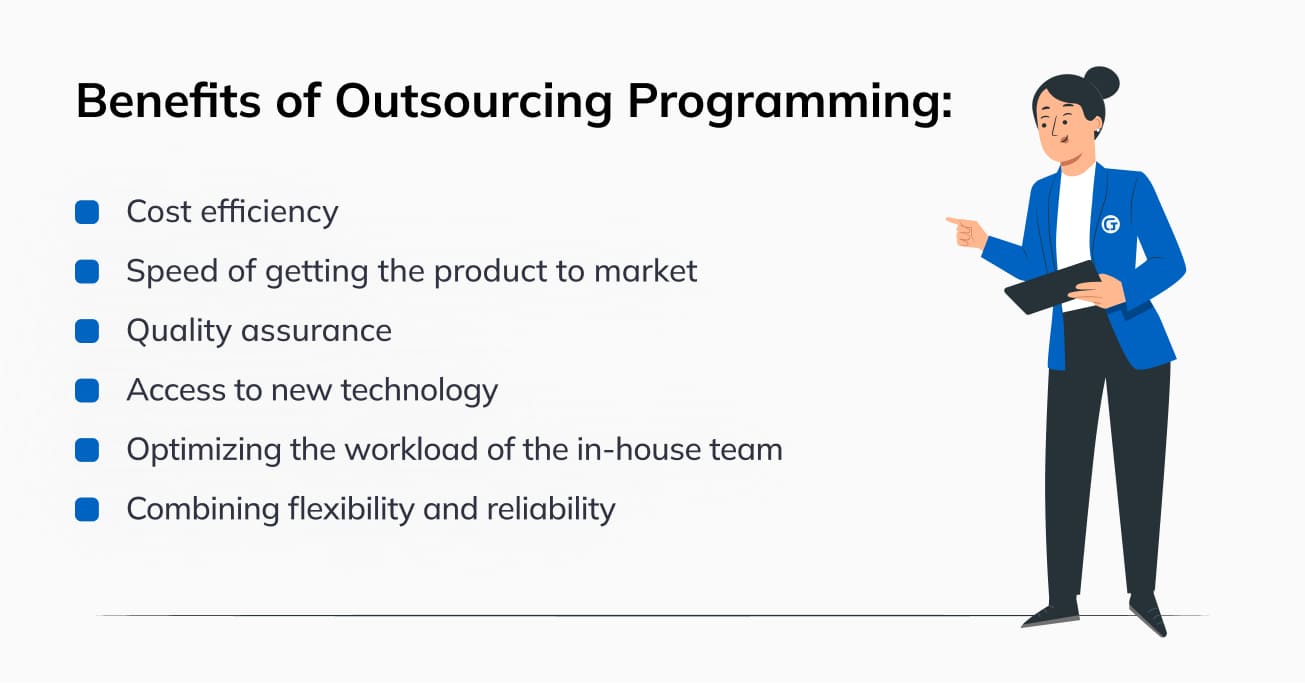
Let’s start exploring the advantages of programming outsourcing and working with outsourcing companies from the most desired benefit – cost efficiency.
Building an in-house team takes time and resources. Most outsourcing companies, on the other hand, offer ready-made teams for hire in different models, like a dedicated team, fixed price, and time & material. We’ll explore these models in upcoming chapters.
Getting your product ready to launch and sell requires time, resources, and the engagement of various professionals. Programming outsourcing can help you delegate software and app development to outside teams while you focus on solving your core business issues.
Outsource programming companies have teams consisting of various professionals that draft the idea, develop the solution, manage tasks, and embody your vision.
Having a high-speed product doesn’t mean you have to sacrifice quality. You can still make a quality product by ensuring that your team focuses on QA tasks and efficiently automates testing.
As a part of programming outsourcing, you must focus on the following aspects of the product:
Each type of testing complies with the international and industry standards, as well as your specific business requirements. This step is essential to ensure the product is tested and released to the market without deficiencies, bugs, or errors. If you’d like to learn more about this subject, we have an insightful article about outsourced product development.
With programming outsourcing you gain access to a vast talent pool, but additionally to a whole world of new and advanced technologies that come with professional outsourcing programming services. This is especially advantageous for startups and small companies that cannot purchase modern technology and tools from their own budget.
Your requirements and wishes for the selection of tools and platforms are always taken into account. If they are unavailable, the outsourcer chooses the appropriate tech stack for the specifics of your project: product type, industry, and range of tasks (design, backend, frontend, data exchange, etc.). Advanced technologies can also be implemented: AI, MO, AR/VR, big data, IoT, and others.
Delegation is a good practice for small companies that do not plan to hire additional specialists on staff. Since existing employees already have a certain range of responsibilities, involving them in a new project is not profitable.
Redistributing tasks among your in-house team can be a great way to boost efficiency and improve productivity for B2B startups. Limited resources are a common challenge for small businesses, and overburdening your employees with new projects can hurt their performance in their core roles.
Take Basecamp, a project management software company, as an example. They decided to outsource customer support to specialists, which freed up their core team to focus on product development and strategic growth. This decision resulted in significant improvements in both productivity and customer satisfaction.
By choosing to outsource programming, you don’t have to worry about how to distribute tasks among your in-house team members and still maintain productivity. Employees will remain with their duties and will not be distracted by new initiatives. If necessary, you can appoint a person responsible for remote control and analysis of the results. The IT tasks will be taken care of by the outsourcer.
- Well-written privacy and security policies
- Regular training and/or certification of employees
- Rigorous security assessments of third-party partners and vendors
- On-site incident plans
Roman MatsukatovProject manager, Glorium Technologies
Hiring in-house developers for a temporary or long-term project can be risky. Besides the resources you’d put into the hiring process, such teams aren’t stable. A specialist can leave suddenly, and substituting them is difficult.
If you outsource programming teams, you can safely rest, knowing that the outsourcing company is with you all the way from the idea inception to development and launch. The team members can easily be substituted if necessary, which gives your company flexibility.
Additionally, various models of programming outsourcing make it easier to plan the collaboration.
There are three main types of models, according to which you can outsource programming teams and embody your ideas.
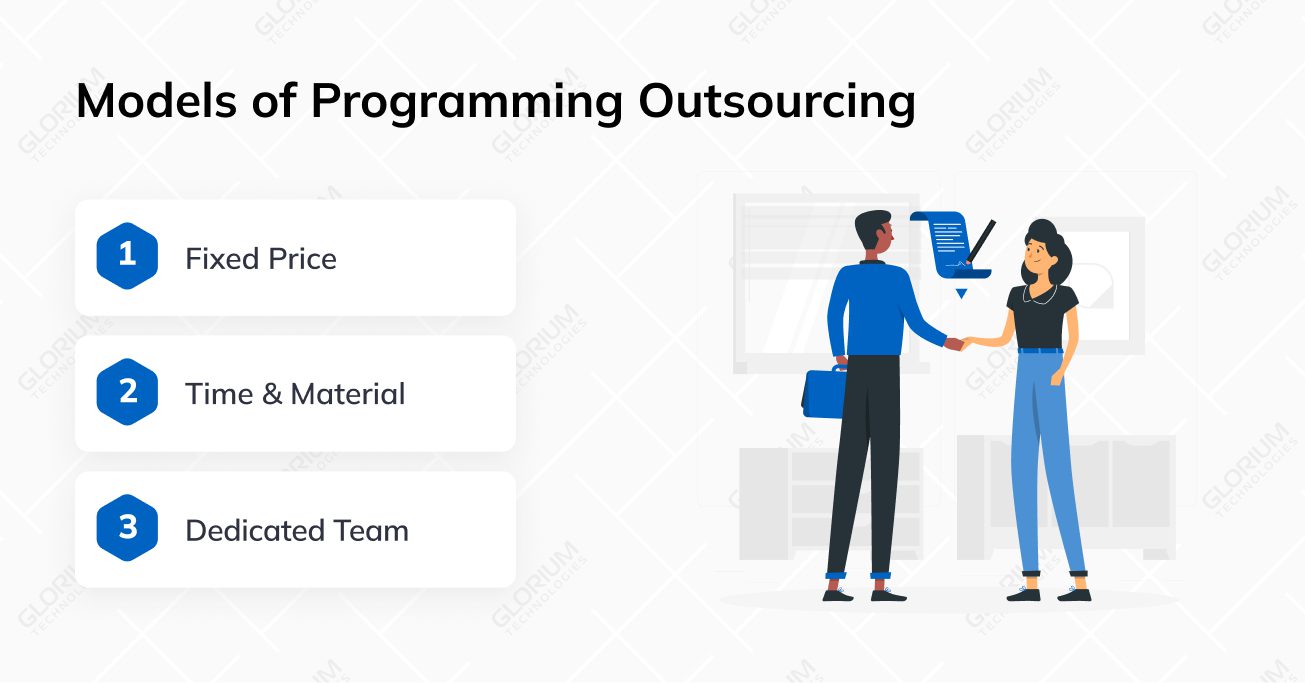
You can benefit from this model if you have a small or a medium project and you’re looking for a short-term collaboration. According to this model, professionals have a clearly defined set of tasks and processes.
You can set the project requirements at the initial stage of collaboration with an outsourcing company. The cost is fixed for the project and doesn’t change throughout the whole cycle of work.
Pros:
Cons:
This model is relatively more flexible than the fixed-price model and offers adjustments in cooperation, team composition, tech stack, and requirements. It is optimal for small—and medium-sized projects.
Pros:
Cons:
This model is what we call the ultimate goldmine of outsourcing models. It’s significantly more flexible than the first two outsourcing programming models and allows you to “borrow” a whole team of highly-trained professionals and manage them directly as your own team.
This is a good option for a large-scale, high-complexity project that takes a long time to complete. Throughout the SDLC, performers quickly adapt to changing requirements and report on the results of each iteration.
The cost of hiring a dedicated team is usually determined for each professional per month. Pricing depends on the characteristics of the project, which makes the budget flexible.
Pros:
Cons:
You can explore each model in more depth to choose the most suitable one for you. We have an insightful article about hiring a dedicated team that might come in handy. But remember, choosing the vendor is one of the most essential steps to a successful collaboration. Keep reading; we’ll explore this subject in our next chapter.
Choosing the right vendor changes everything! No amount of benefits and advantages will make your project successful, as much as a great vendor will do.
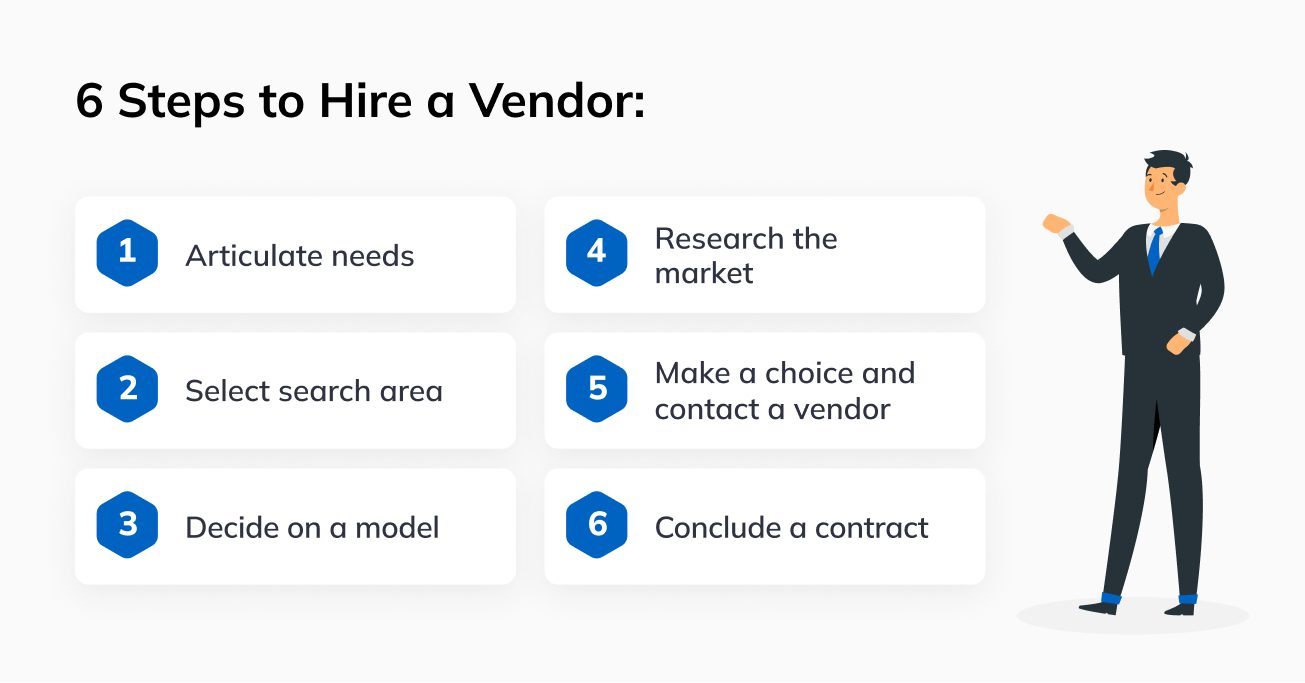
Before you begin your search, draft your vision and set priorities:
Knowing the answers to these questions will narrow your search considerably. You won’t have to waste time monitoring companies that don’t have expertise in your niche or offer prices that exceed your budget.
Pricing, cultural fit, and project management needs depend on the vendors’ geographical location. Explore the most popular and effective outsourcing vendor locations and choose the one that suits your requirements.
Popular outsourcing vendor locations include:
Next step involves choosing the model we discussed earlier. Choose the model that solves your project challenges:
Now it’s time to analyze the market for outsourcing programming:
Once you’ve researched the market and know what goes around, you have your favorites drafted and have contacted the vendors for additional information; you can choose the vendor that best suits your company, project, and needs.
If you’re satisfied with the vendors’ characteristics, their experience, and social proof speak for themselves, then it’s time to move on to the next step and agree on signing the contract.
Make sure your contractor offers an NDA, and together, you go through each and every aspect of the contract in detail.
When looking for a vendor, you should concentrate on finding the one that has these four features and characteristics:
Companies that offer all four elements are professional, client, and user-centric, delivering jobs effectively.
At Gloirum Technologies, we have over a decade of experience working with clients, helping them build their software solutions and embodying their ideas. Our developers have industry-specific skills that are celebrated and valued according to our customer feedback.
Explore our case studies to better understand what we do and, most importantly, how we do it!
Contact us today to find out it outsourcing programming is right for you. You’ll be able to schedule a 30-minute free consultation with our company representative and get an approximate scope of the project.
Programming outsourcing is the practice of outsourcing programming tasks to external companies or individuals specializing in software development and IT services. It involves contracting a programming outsourcing company or vendor to handle specific coding, development, or maintenance projects. This external team takes on tasks that your in-house team may be unable to handle.
Outsourcing programming offers numerous advantages, including cost savings, access to a global talent pool of skilled developers, increased flexibility in project management, and the ability to focus on core business functions while experts handle the technical aspects of your project. Many companies choose to outsource programming to optimize their IT responsibilities.
While programming outsourcing has clear benefits, it also carries certain risks. Common challenges include issues related to quality control, such as ensuring the outsourced work meets your standards. Additionally, communication challenges, data security concerns, and the possibility of project delays are potential risks to be aware of.
Selecting the appropriate vendor for your outsourcing programming requirements is crucial for a successful partnership. Factors to consider when choosing a vendor include assessing their expertise in your specific technology stack, examining their past work through references and a comprehensive portfolio, considering their geographical location for time zone and cultural compatibility, and evaluating their pricing model to ensure alignment with your project’s goals and objectives.
The decision to outsource programming or maintain certain tasks in-house depends on your organization’s unique needs, budget constraints, and existing in-house expertise. Many organizations adopt a hybrid approach, combining in-house and outsourced teams to leverage the advantages of both.

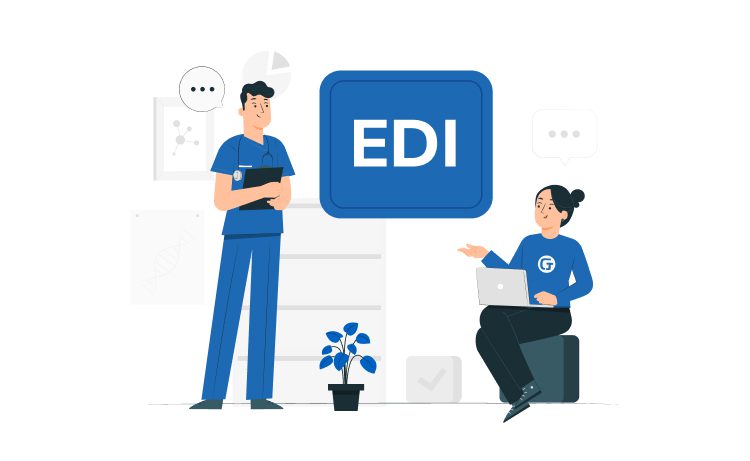
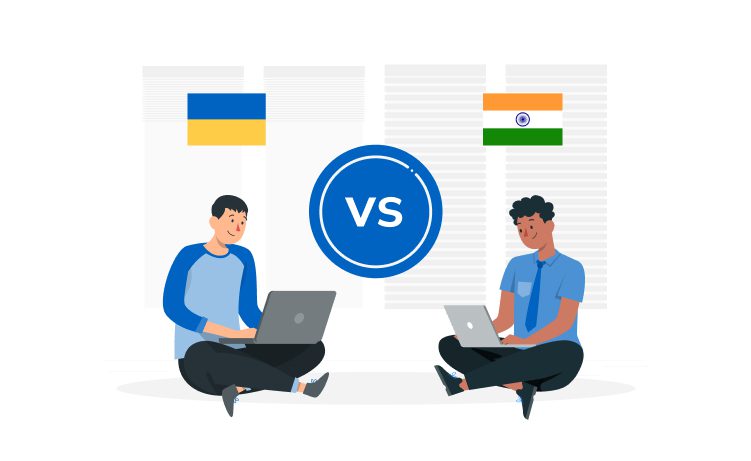


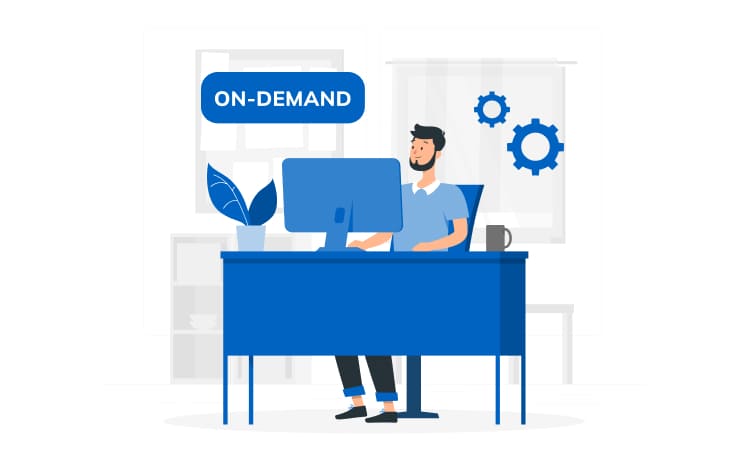

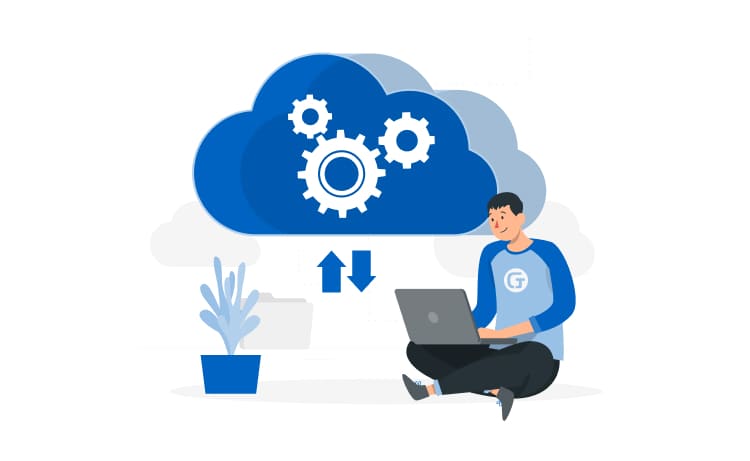

| Cookie | Duration | Description |
|---|---|---|
| cookielawinfo-checkbox-analytics | 11 months | This cookie is set by GDPR Cookie Consent plugin. The cookie is used to store the user consent for the cookies in the category "Analytics". |
| cookielawinfo-checkbox-functional | 11 months | The cookie is set by GDPR cookie consent to record the user consent for the cookies in the category "Functional". |
| cookielawinfo-checkbox-necessary | 11 months | This cookie is set by GDPR Cookie Consent plugin. The cookies is used to store the user consent for the cookies in the category "Necessary". |
| cookielawinfo-checkbox-others | 11 months | This cookie is set by GDPR Cookie Consent plugin. The cookie is used to store the user consent for the cookies in the category "Other. |
| cookielawinfo-checkbox-performance | 11 months | This cookie is set by GDPR Cookie Consent plugin. The cookie is used to store the user consent for the cookies in the category "Performance". |
| viewed_cookie_policy | 11 months | The cookie is set by the GDPR Cookie Consent plugin and is used to store whether or not user has consented to the use of cookies. It does not store any personal data. |